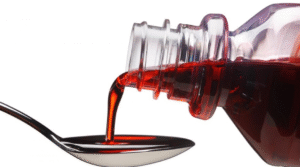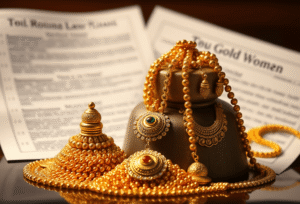5 Plants You Should Avoid Keeping at Home for Better Energy and Good Luck
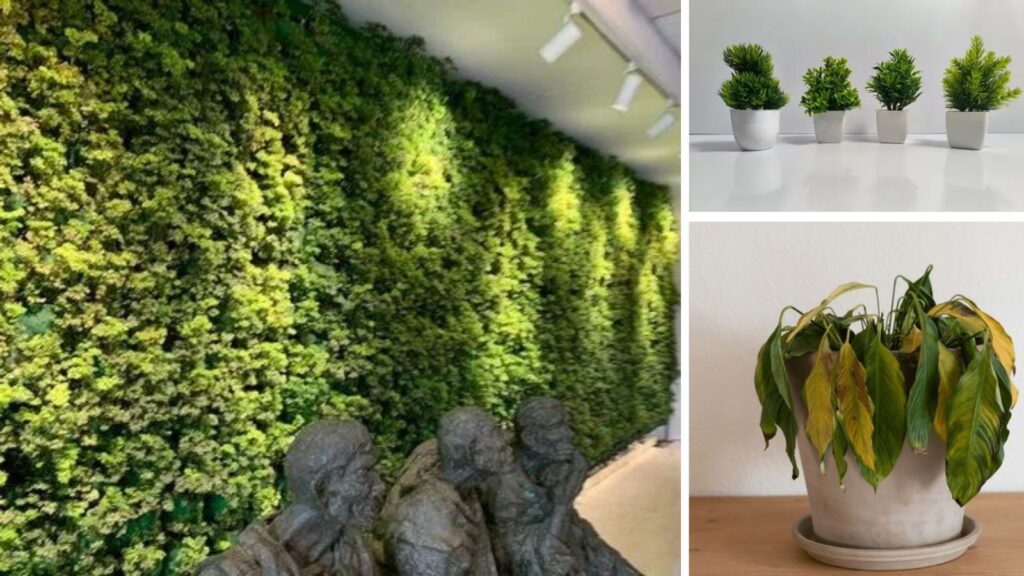
5 Plants You Should Avoid Keeping at Home for Better Energy and Good Luck
Our homes are more than just a shelter — they are living spaces filled with emotion, energy, and the stories we build over time. One of the simplest ways people bring life and vibrancy into their homes is through plants. While greenery can purify the air, add beauty, and create a calming atmosphere, not every plant is considered beneficial from an energy or spiritual perspective.
According to traditional wisdom drawn from practices like Vastu Shastra and Feng Shui, some plants may interfere with the flow of positive energy. They might unknowingly bring in a sense of heaviness, stagnation, or even bad luck. To ensure your space supports harmony and personal growth, it’s worth taking a closer look at the plants you keep indoors.
Here are five types of plants you may want to remove from your home to invite better energy and a more uplifting environment:
1. Dead or Dying Plants
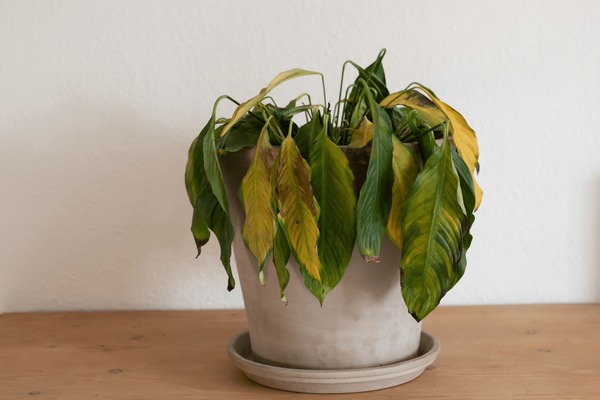
This might seem like an obvious one, but many people hang onto withered plants in the hope that they’ll revive. Unfortunately, keeping plants that are visibly dying or already dead can weigh down the energy of a room. Spiritually, they symbolize decline, loss, or a halt in progress — none of which you want lingering in your living space.
Even if the plant was once thriving, keeping it in a deteriorated state sends the wrong message to your surroundings — and yourself. Regularly check on your indoor plants, trim any lifeless leaves or stems, and if a plant shows no sign of recovery, it’s best to part ways.
2. Artificial Plants (Cotton, Silk, or Plastic)
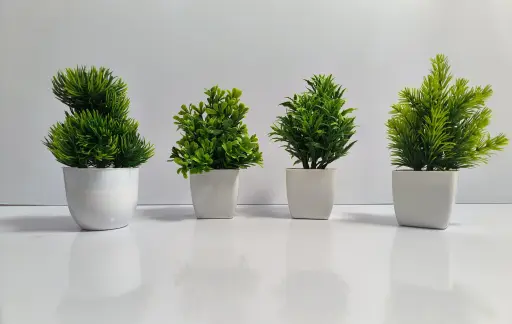
Fake plants can be convenient and low-maintenance, but they also lack the vitality and energy that real plants offer. From an energetic standpoint, artificial plants are a symbol of imitation — they may appear lively, but they bring no real value in terms of air purification or emotional upliftment.
Over time, they can also collect dust and begin to look tired or dull, which affects the freshness of your interiors. If you love greenery but don’t have a green thumb, consider low-maintenance live plants like peace lilies or snake plants instead of artificial substitutes.
3. Plants with Milky Sap (Like Milkweed or Certain Euphorbias)
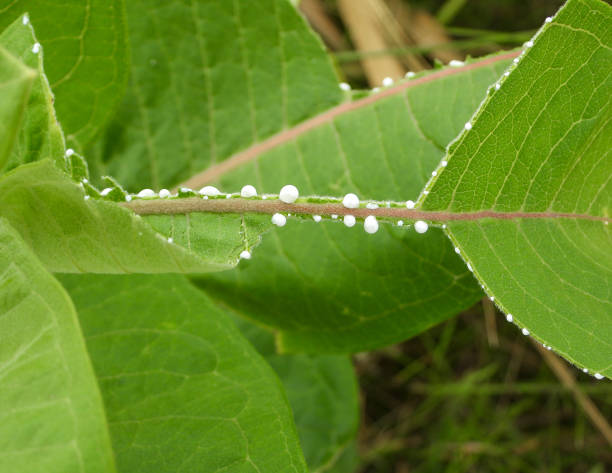
Plants that release a white, milky sap when cut — such as milkweed and several types of euphorbia — are often seen as inauspicious in traditional beliefs. These plants are associated with emotional discomfort, stress, and disruption in the home’s energy.
Their sap can also be toxic to children and pets, making them both spiritually and practically unsuitable for indoor spaces. If you’re drawn to their unique appearance, it’s safer to keep them outdoors, away from everyday living areas.
4. Climbers That Attach to Walls
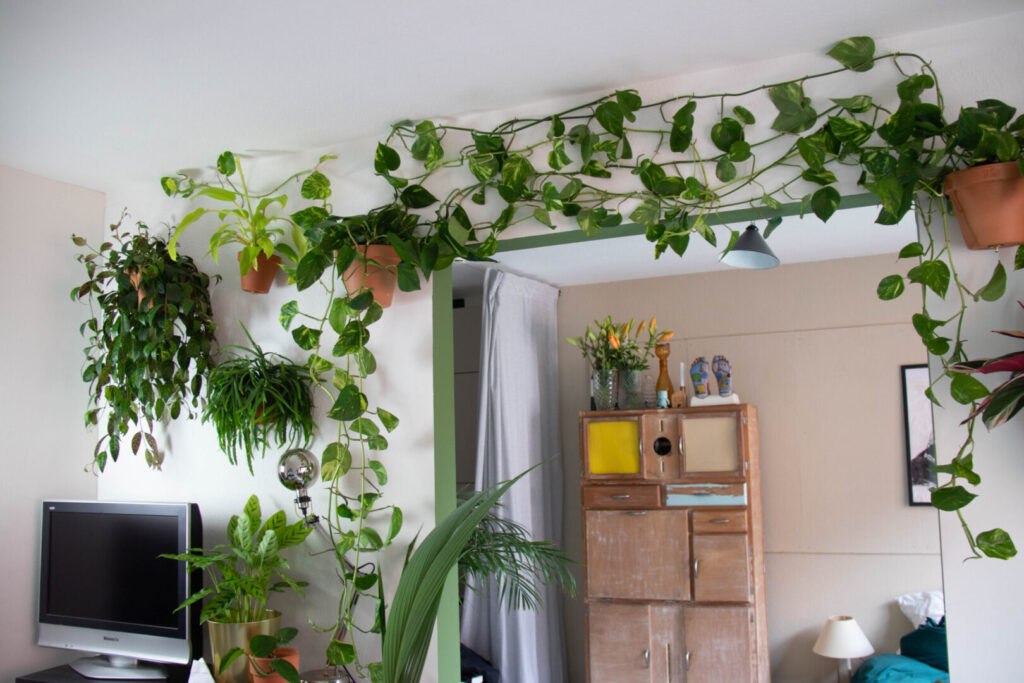
Climbing plants can look stunning, especially when they’re allowed to grow along walls or over doorways. But spiritually and structurally, they might be doing more harm than good. When allowed to latch onto walls, climbers can represent obstacles, entanglement, and a feeling of being trapped in life.
They can also physically damage walls, promote dampness, and attract pests. If you enjoy the aesthetic of climbers, use supports like trellises or frames to guide their growth — and keep them away from direct contact with your home’s structure.
5. Plants with Algae or Moss Growth
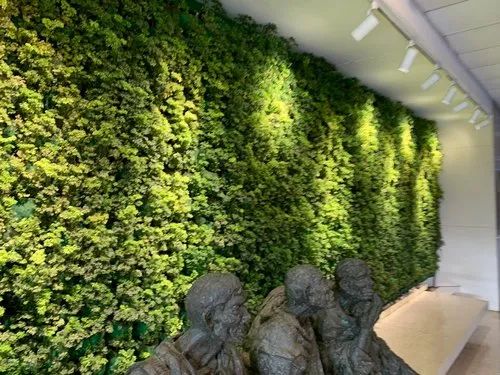
Indoor plants that require water — or decorative water features — can sometimes develop moss or algae if not cleaned regularly. This green buildup may not seem like a big deal at first, but it’s often seen as a sign of stagnation and neglect in your environment.
In energetic terms, it can symbolize emotional or financial blocks. Slimy pots or moldy water features suggest that the care and flow of energy in the home is being overlooked. If you do enjoy indoor fountains or water-based plants, make cleanliness a priority. Otherwise, it’s best to avoid them altogether.









